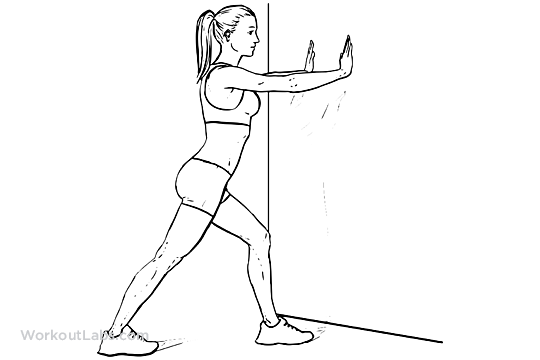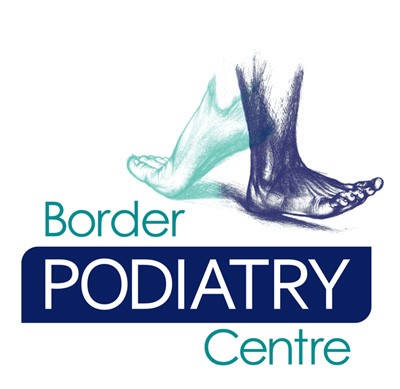Do you have heel pain? We’re talking about pain and swelling at the back of the heel today.
The kind of heel pain that catches you when you walk; and is generally stiff and sore.
As we are coming into our summer sports season, our bodies may be not be ready for the increase in activity we are about to do. This is unfortunately where overuse injuries can settle in.
Achilles tendinopathy refers to injury or damage to the Achilles tendon. The tendon attaches the gastrocnemius-soleus muscles (also known as the calf muscle) to the calcaneus (or heel bone). As the calf muscles tighten, they cause the Achilles tendon to plantarflex the foot and allow for push off. Therefore, every step you take applies force through the Achilles tendon, when running and jumping this force is even greater.

Achilles tendonitis has a number of different presentations depending on the severity of the tendon injury. A common symptom of includes pain and stiffness at the back of the heel particularly in the morning, which can improve as you increase movement or ‘warm up.’ Running and jumping activities may become painful or difficult. The most common symptom is pain and swelling along the length of the Achilles tendon.
There are two primary types of Achilles tendonopathy:
- Insertional Achilles tendinopathy which affects the lower section of the tendon as it attaches into the calcaneus
- Noninsertional Achilles tendinopathy involves the middle portion of the tendon
Pain at the back of the heel however could have other causes including but not limited to retrocalcaneal bursitis, paratendinopathy, posterior ankle impingement or partial tear of the Achilles tendon. Therefore it is essential to have an assessment from your podiatrist to ensure correct diagnosis of the cause of your pain. X-ray or ultrasound imaging may be warranted, your podiatrist can refer you directly for such imaging.
Factors that can increase the risk of developing Achilles tendinopathy include
- A rapid increase in intensity of activity
- Inadequate recovery time
- Worn footwear
- Asymmetrical lower limb biomechanics, this can include tight or restricted muscles, or an excessively pronated foot type
Once a correct diagnosis has been made, you can begin management of your injured Achilles tendon. As with most injuries, the earlier the better!
Rehabilitation will often involve acute management of your pain. This may include icing, heel lifts or footwear modification, and compression. A comprehensive management program will then aim to strengthen the injured tendon and address the underlying causative factors.
One of the key causative factors for many Achilles tendon injuries involves tight lower limb muscles – specifically the gastrocnemius and soleus. A great way to reduce this muscle restriction is to perform regularly stretching, especially following a warm up or activity.
To perform a stretch for the gastrocnemius, use a wall to lean on and stand with one leg in front of the other. Ensure feet are shoulder width apart and feet are facing forward. Stretch one foot behind you, ensuring the foot is flat to the ground. Keep your back knee straight, and push down through the heel. At the same time bend your front knee, and lean your body forward. Hold the stretch for 20-30 seconds, and repeat 3 times on each side.

If you find you are experiencing any heel pain, be sure to address it as soon as possible. Make an appointment with one of our fantastic podiatrists at Border Podiatry Centre to get you back on your way to comfortable movement!
